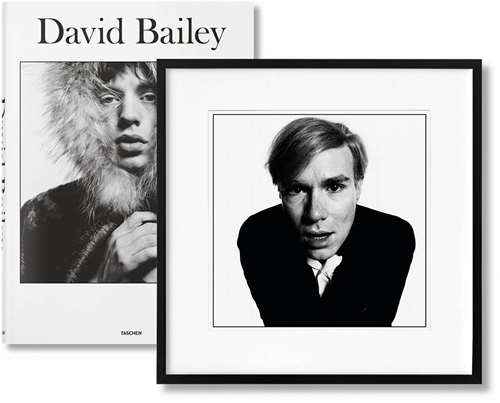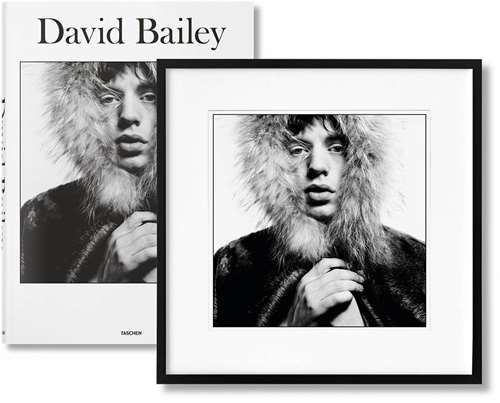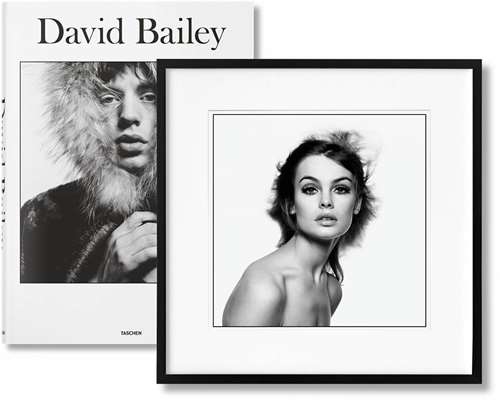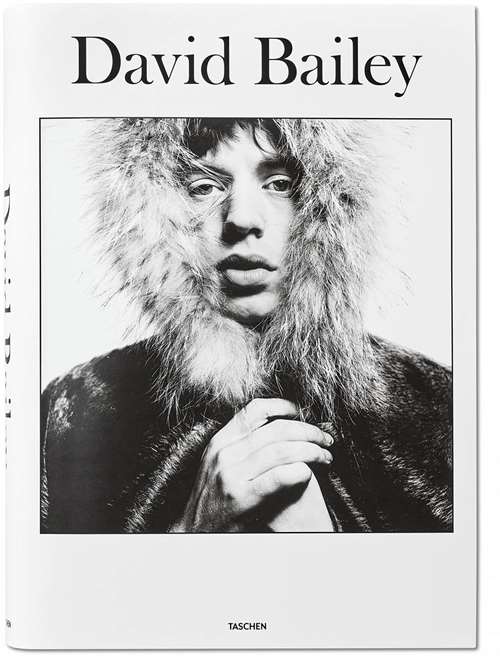From the ‘Shrimp’ and the Krays to Jagger and The Beatles, David Bailey photographed them all. He was one of the seminal figures of the Swinging Sixties, a photographer who became a global star in his own right and shot every one of any note during that sparkling decade.
The impossibly glamorous David Bailey (known just as Bailey to his friends) had relationships with some of the most beautiful women in the world, including models Jean Shrimpton, Marie Helvin and Catherine Dyer, and French screen siren Catherine Deneuve (the last three all eventually becoming Mrs Bailey – he is still married to Catherine Dyer).Bailey was both inspirational and aspirational at a time when British society was being turned on its head. From a working-class family in the East End of London, he struggled at school – it later transpired that he’s dyslexic – and claims to have only attended on 33 days during one particular school year. His poor school record barred him from college, but his sheer guts, drive and determination won through, and in 1960, he was contracted to British Vogue magazine as a fashion photographer.
Before long, he was part of a trio of snappers – the other two were the equally famous, glamorous and working class Terence Donovan and Brian Duffy – who swashbuckled their way through the Sixties, earning themselves the affectionate nickname ‘the Black Trinity’ from their fellow fashion photographer (and very much not working class) Norman Parkinson.
Women fell at Bailey’s feet – former girlfriend Penelope Tree (another model!) described him during his time at Vogue as ‘the king lion on the Savannah: incredibly attractive, with a dangerous vibe. He was the electricity, the brightest, most powerful, most talented, most energetic force at the magazine’.And yet another model and later American Vogue’s creative director Grace Coddington said: It was the Sixties, it was a raving time, and Bailey was unbelievably good-looking. He was everything that you wanted him to be – like the Beatles but accessible.”It’s tempting then, perhaps, to view Bailey as style over substance, a lucky guy with looks and chutzpah who happened to be in all the right places during just the right decade – but it would be so, so wrong to do so.
His black-and-white portraits are not only revealing records of individual sitters but a remarkable social record of a time like no other – as his friend, the renowned British artist Damien Hirst, says: “Bailey’s pictures are immediate and present. He’s the master of his art and he’s created a mind-blowing visual language.”
And as Francis Hodgson, Professor of the Culture of Photography at the University of Brighton and long-time Bailey scholar once observed: “He prints black and white like a silversmith chases metal.”







